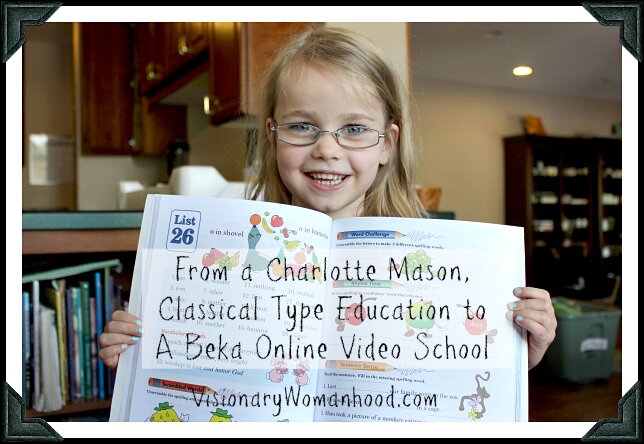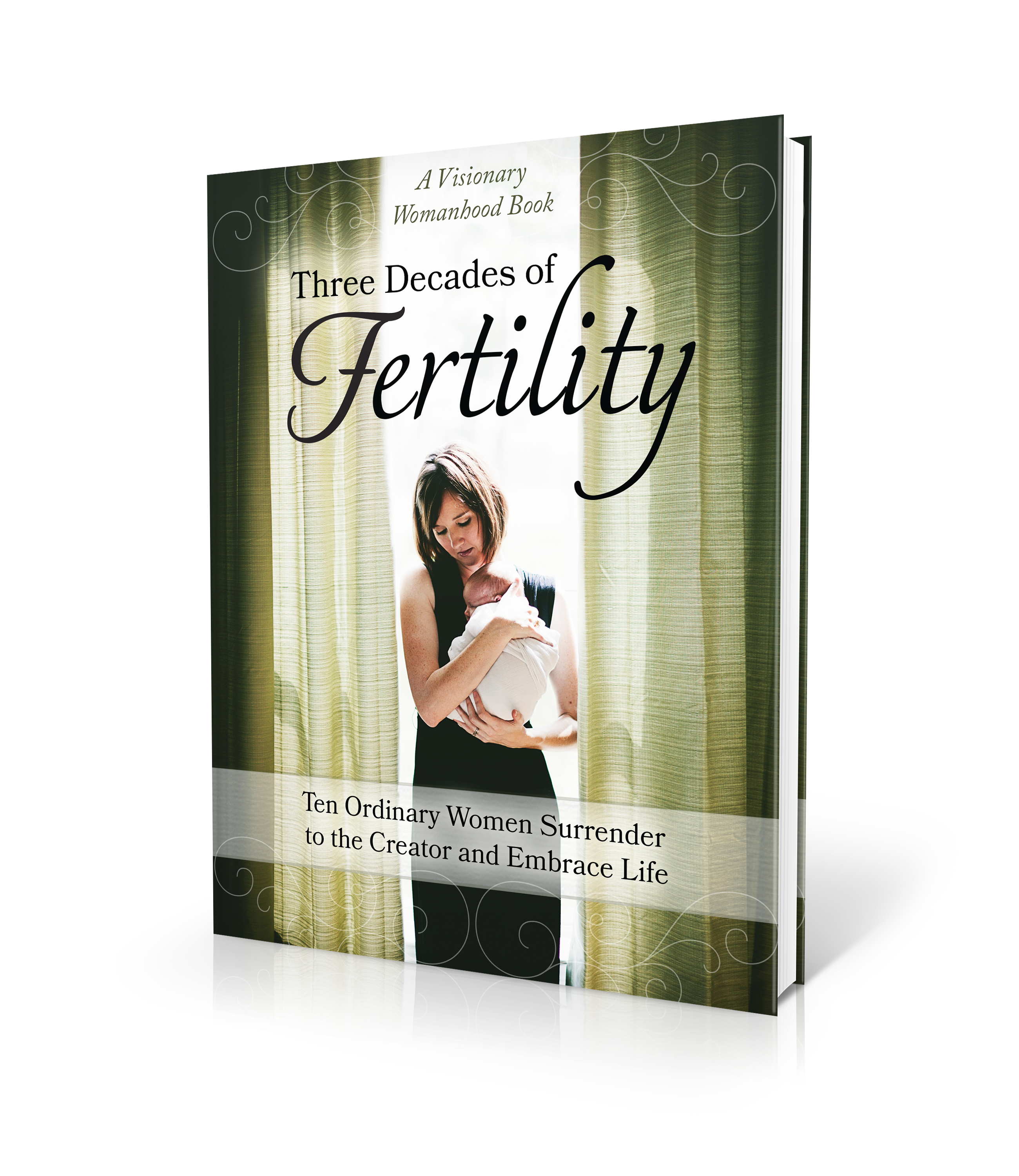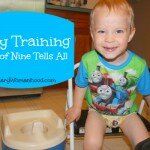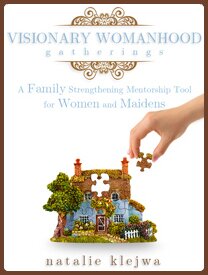From a Charlotte Mason Type Classical Education to A Beka Video School

By Natalie, Editress of Visionary Womanhood
I started homeschooling 17 years ago with my then 3-year-old son, Sam. This year I’m responsible for five children in grades 8, 6, 3, 2, and Kindergarten. We’ve tried lots of different curricula over the years, and I have always had a leaning toward the classical method of education. When my oldest two were little, we ran our home school the Charlotte Mason way.
When they got a little older we enrolled in the ATI program for about three years, but while it had an excellent focus on character, it neglected the study of worldview and the whole scope of history, among other things. As I searched for something that would prepare them to think critically about all of life and the history of God’s world from a Biblical perspective, Tapestry of Grace became my favorite curriculum, and we have been using that for several years now.
The fact that we are trying out A Beka this year comes as a huge surprise, even to me! I have loved being able to pick and choose different curricula for each subject (I recommend Apologia for science and IEW for writing.) But some changes in our family dynamics that include some special needs in a couple of our children, a home business that we are all involved in, and the fact that we have a lot of people living here (11 total) all doing various things, have caused us to step back and re-evaluate the effectiveness of what we had been doing for our current situation.
Sometimes what works in one season of life doesn’t work in another. Depending on what you have read and what your own experience is up until now, you will react differently to what I write next. Are you ready?
What I Would Prefer vs. What Reality is Telling Me
I think I was a bit of a classical education snob. I did not want to “compromise” the education of my children by offering them a traditional style of education. That’s what I grew up with (public school), and I wanted to chart my own, independent course for my kids. I came to homeschooling with a background in education (English Ed.), so I felt fairly confident of being able to do this without the help of a traditional curricula, thank you very much. (Notice the snob part? Sigh.)
I rebelled against the traditional classroom style of teaching mainly because I worried that it was a “one-size-fits-all” approach to education. Have you ever heard of the seven principles of A Thomas Jefferson Education? It’s an incredible, tutorial style of education that is right up my alley. I had studied how to do education like that – and that was how my oldest son completed his education early, including college, and is now running his own thriving business at the age of 19. I wanted to tutor all my children that way.
But my other children have not done well with that style of education. Perhaps because it requires so much from the teacher, and when a mom is wearing all the hats in the family, and there are 9 children, she just can’t swing it all. The plates I juggled were starting to crash around me last year, and I knew it was time for a change. I reluctantly began looking into my options.
The Non-Negotiables
For me, there were some things regarding the education of our children that I was not willing to compromise on:
1. It Must be a Distinctly Christian Education.
We are God-worshipers. This means we acknowledge His existence and His rule over His creation. We live and move and have our being on His planet. So to teach our children that the world happened by accident or that there is no God is not an option for us. The Bible says that the fear of the Lord is the beginning of knowledge (Proverbs 1:7). If I believe that is true, then I need to live consistent with that belief and START THERE with their education. That is the foundation, if you will.
So with this as our foundation, I have to rule out any curricula or education style or method that disregards the Creator. It also means that if I delegate the education of my children to someone else, I need to make sure that they are on the same page. Period.
And that’s it. There really is no 2. or 3. or 4. (Tricked ya!) Beyond this, I believe the sky is the limit as far as options! That, to me, was a freeing realization. And it opened up my eyes to consider the one option I had spurned in the past: traditional education.
Why Traditional Education Gets a Bad Rap and Why it Probably Shouldn’t
Here was my stereotypical view of both sides, along with my “devil’s advocate” whisper at the end of each statement:
In a traditional education:
1. A child has to sit still and listen to a teacher for a length of time. (We can’t have children learning how to do that, now, can we?)
2. A child is subjected to drilling facts and learning them. (What? You mean, they actually memorize things and are able to spew them forth in conversation without the help of Google? They can make change in their heads without the use of their smart phone calculator app? What’s the point of living in the 21st century then?)
3. A child is told what to do and when to do it. (Here’s where I cry “foul!” “Not fair!” “Barbarian!”)
4. A child is forced to read dry textbooks. (Reading should always be exciting. Just. Always. And if books aren’t exciting enough, there are movies that tell the same stories.)
5. A child is forced to practice writing answers on boring worksheets. (If it has pictures or lines on it, it is automatically dubbed “worksheet” and is therefore subject to judgements of “boring.” This could be relative, but….whatever.)
6. Learning is dull and boring, so children grow up believing that learning is something to “get over with” in order to move on to “real life.”
In a non-traditional education:
1. A child sits, stands, runs, walks or does whatever he wishes as he explores his world naturally. (Personal freedom and happiness are an integral part of learning.)
2. A child learns what he wants to learn, when he wants to learn it. (And if they don’t want to learn…? Cuz I think I have one like that…)
3. A child is given the opportunity to select from hundreds of classics, or “living books,” and if something doesn’t intrigue her, she can move on to something else. (I’ve heard real, living kids complain about the all the living book options. Gasp! May it never be!)
4. A child writes his own thoughts in notebooks in his own style, complete with artwork, if desired. (And if the notebooks just gather dust on the shelf – not to worry. Maybe next year the child will be motivated to exert himself.)
5. Learning is an exciting adventure that lasts a life time. (But only if you don’t have to try too hard.)
So Why is Literacy at an All Time Low Today?
Traditional, classroom education today is producing young adults who don’t know how to read, write, calculate numbers, or problem solve. There are many factors behind this. You can browse bookshelves loaded with books on the subject, and you can analyze all the theories. My personal, simple theory is that whenever anyone throws the Creator out of the equation, they’re gonna have some serious problems. (Simply refer to the verse referenced above.) Sort of a spiritual thing, you know?
But traditional education early on in the history of our country was very effective in producing thinkers, leaders, and honest, hard working citizens. Children learned how to read and work numbers at home with their work-at-home moms (most of the women back then were working alongside their husbands on farms or in cottage industries), and many went on to grammar school to complete their education by 8th grade.
The more privileged children went on to attend college, while the rest found their place on farms or other home industries. The literacy rate back was likely higher than it is today. And the idea of “life as work” was normal, unlike today where we believe “life is fun and work is something we are forced to do to make the money we need to have fun.”
So I’m not sure it is totally accurate to diagnose the problem by blaming a traditional style of education. And it was thinking through all of this that led this classical, Charlotte Mason-bent, homeschooling mom to decide to try an experiment.
I would put all five of my school aged children in the online video streaming A Beka program for one year.
This post is getting WUAAYYYY too long, so I’m going to make this “part one,” and in “part two” tomorrow, I’ll tell you what I think about A Beka so far.
I just love a good cliff hanger.
Tags: Home Education, homeschooling

























I’m very interested to read your next post. I’m starting to agree that textbooks aren’t such a bad thing after all. Who knew?
Sarah recently posted…Help for Overwhelming Financial Situations (a Review and Giveaway)
Great stuff, Natalie. We use Abeka for math and love it. I love the CM way, but have never been able to do it math-wise because of time. I think you hit the nail on the head with: “Sometimes what works in one season of life doesn’t work in another.”
Bambi recently posted…Ten Ways to Show Respect to Your Children
Different things work for different families at different times. And when a mom is busy, hands-on CM homeschooling can be too much. We needed to drop it when I had 5 kids learning at home.
Now that I have only three left, we’re doing a funny mixture of classical (Omnibus for English, Bible, history), textbook (math, science, foreign language), and CM (music, art). For a while it seemed like we might need to unschool this year to help an ill child back onto the learning bandwagon, but so far so good; proper unschooling takes even more out of a mom than CM does!
Blessings as you explore A Beka.
Annie Kate recently posted…Wordless Wednesday: Pear Pie, Morning Glories, Squash Harvest
We switched to Switched-on-Schoolhouse when things got crazy. Now we are back to a more Charlotte Mason approach. My husband’s wise question was “How is this going to get done?” We also love carefully selected outside classes for writing and art.